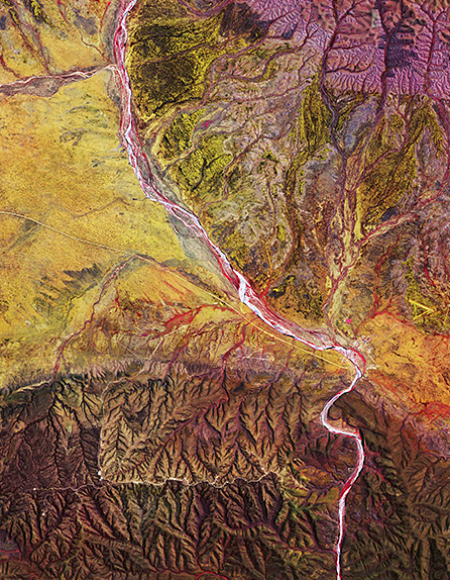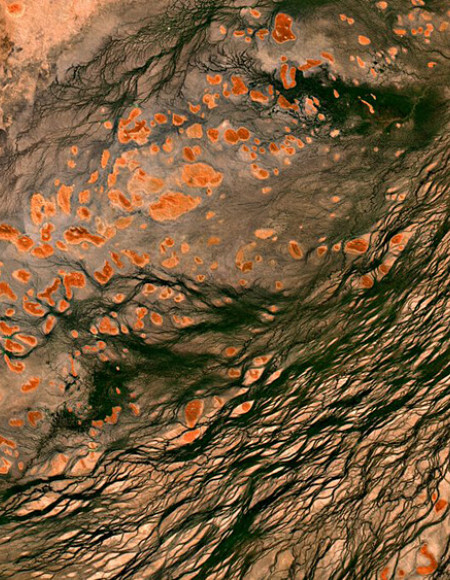Copernicus SARA Data Portal
The Australasian Copernicus Data Hub uses a data server managed by NCI for discovering and accessing the European Space Agency’s multi-petabyte Sentinel satellite data. This data portal, the Sentinel Australasia Regional Access (SARA), provides fast access to the data cache on NCI for selected datasets, particularly for the Australasian region, which are a replica from the master site maintained in Europe. The service is used by various state government departments for making internal copies as well as for researchers.
Optical Astronomy data services
NCI publishes Optical Astronomy datasets using IVOA compliant services, such as an installation of the CSIRO ASKAP Data Archive TAP data service.
The MACHO data services are described here: http://macho.nci.org.au/. The major service is the TAP service.
The Skymapper data service is fully described on the Skymapper web site. NCI supports the VO services including an IVOA catalogue service (including TAP), Cone Search (including SCS), and Image cutouts (including SIAP).



